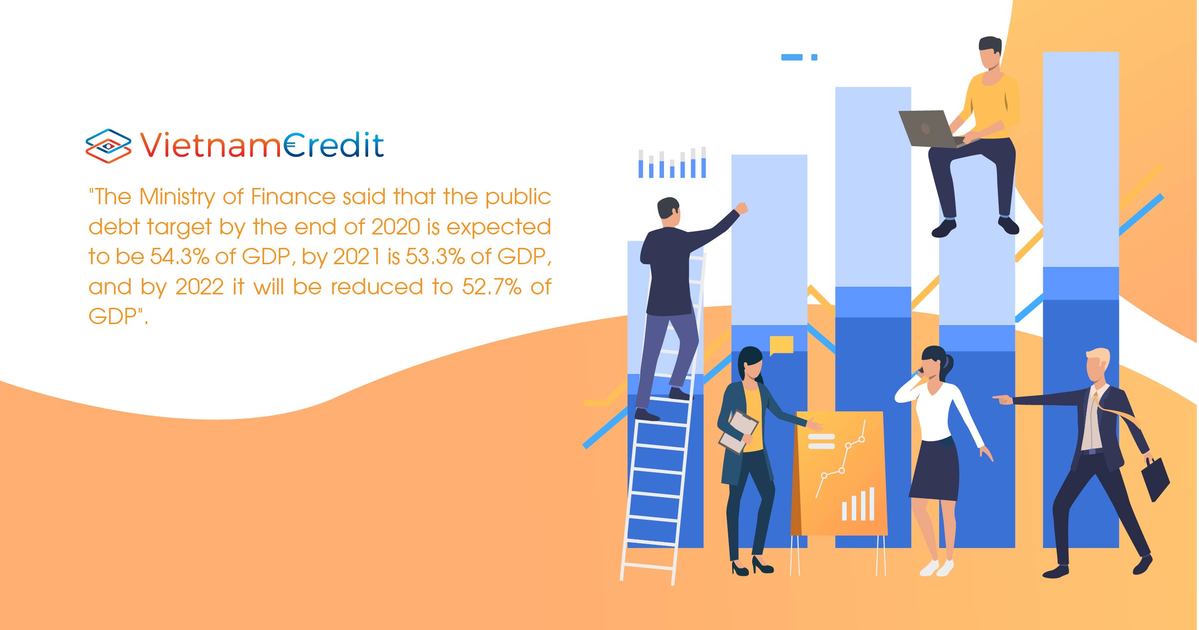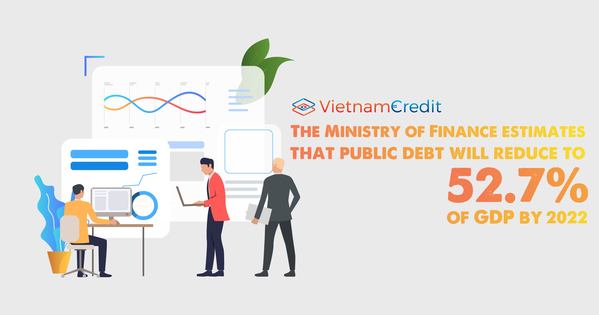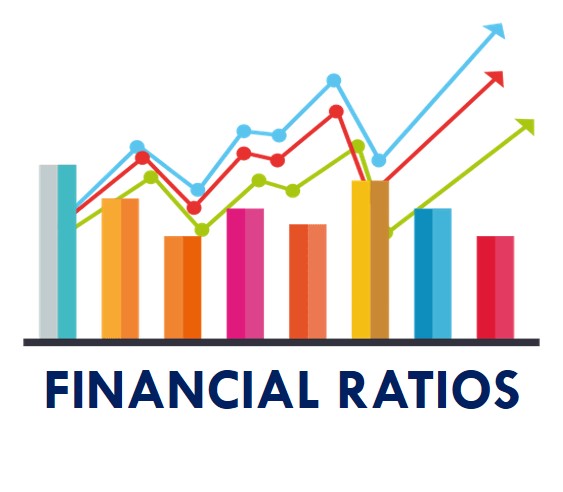Forecast of average economic growth in the period of 2020-2022 of Vietnam will be about 6.8% ...
The Ministry of Finance said that the public debt target by the end of 2020 is expected to be 54.3% of GDP, by 2021 is 53.3% of GDP, and by 2022 it will be reduced to 52.7% of GDP.

The Ministry of Finance has just released the report of the 2020 estimated State budget of the Government for submission to the National Assembly for approval.
The highlight of this report is the state budget - finance plan for the next 3 years, from 2020 to 2022.
Accordingly, the Ministry of Finance assessed that in the three years 2020-2022, global economic growth will face many potential risks, in which the protectionism and trade tensions continue to increase and spread, creating an unstable environment for investment, business, and commercial activities.
Also, issues of political conflict, ethnicity, territorial dispute, ... can all affect Vietnam's economic development. For Vietnam's economy, the period of 2020-2022 is a transition period from the socio-economic development plan and 5-year national financial plan 2016-2020 to the socio-economic development plan and 5-year national financial plan 2021-2025, with many advantages and difficulties, challenges intertwined.
Based on those points, the Ministry makes forecasts that Vietnam's average economic growth in the period 2020-2022 will be about 6.8%.
The price index for GDP increased by about 3-3.5%; the growth rate of export and import turnover is about 6.5-8% / year.
More specifically, in 3 years, budget revenue strives to reach 4.9 million billion; The rate of mobilized revenue into the average budgets of 21-22% of GDP, from taxes and fees, is about 19-20% of GDP. The proportion of domestic revenue by 2022 is expected to be around 84-85%.
Budget spending in the 3 years is estimated at VND 5.7 million, striving to increase the proportion of development investment, while ensuring the source of salary reform in 2021-2022 according to the policy.
With the above-mentioned estimated budget revenue and expenditure, the Ministry of Finance estimates that the budget deficit in 2020 will be about 3.44% of GDP. In 2021 and 2022 it will be about 3.5% of GDP.
Notably, the public debt target by the end of 2020 is expected to be 54.3% of GDP, by 2021 is 53.3% of GDP, and by 2022 it will be reduced to 52.7% of GDP.
Along with making forecasts, the Ministry of Finance also identified several key risks to the three-year financial and budget plan 2020-2022.
Accordingly, the macroeconomic environment of Vietnam in recent years has improved significantly, the internal strength of the economy has been strengthened, but it has not been really sustainable due to the very high openness of the economy; The structure of social investment capital and trade balance is highly dependent on the foreign-invested sector in the context of many changes.
Besides, the ability to maintain a high economic growth rate (6.8% / year) is a great challenge. In addition to the risk factor of attracting FDI and export capital, there are also other unfavorable factors such as natural disasters, epidemics, environmental pollution, conversion of price management mechanism, public service fees, etc.
The risks to the economic growth target will entail the risk of budget revenue, as over 70% of budget revenue is domestic revenue from production and business and over 16% is revenue from crude oil and import and export.
Also, budget spending is associated with obligations that have not been fully and unaccounted for, such as large contingencies, natural disasters, epidemics, environmental pollution, and the process of developing production and business in width, etc.
The budget deficit may also be unsatisfactory in the case of budget revenue risks or spending risks associated with large contingency obligations, natural disasters, epidemics, etc.
Finally, the risk of simultaneously mobilizing resources for the State budget, limiting the pressure on interest rates and controlling debt obligations as prescribed.
























































